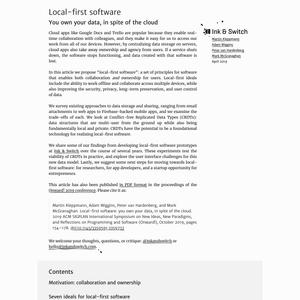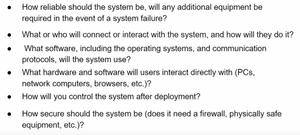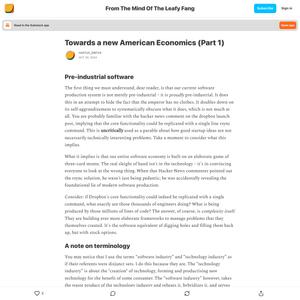
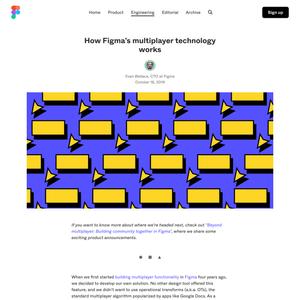
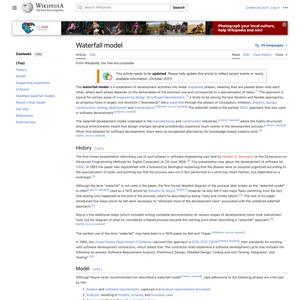
I’ve never heard a productivity influencer say “hey just go offline sometimes”, but the offline web is here, it’s speedy, it’s the original focus mode.

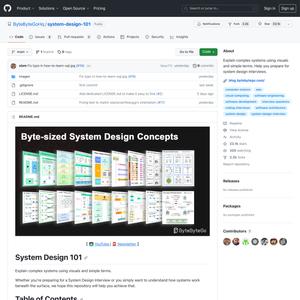
Actions can be inputs (initiated by a user) or outputs (initiated by the system). An input action can have output parameters as well as input parameters.
In many formal methods, the state is assumed to be hidden, and the user’s view of the state is represented by observer actions that produce outputs but don’t update the state. It’s easier to just assume that the state is by default visible to the user, and to describe how and when the user can view the state as part of the user interface mapping.
Viewing an app in terms of its state and actions lets you think about its behavior concretely, but without having to consider the details of the user interface. And when you come to design the UI, you can ask yourself how to map the states and actions to UI views and widgets.
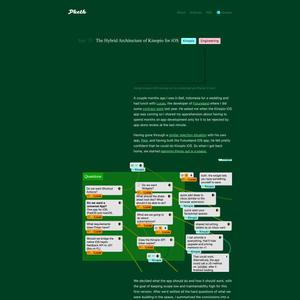

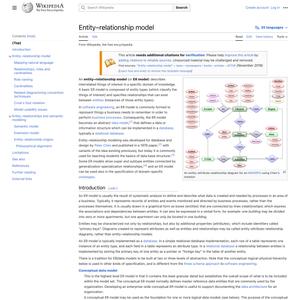

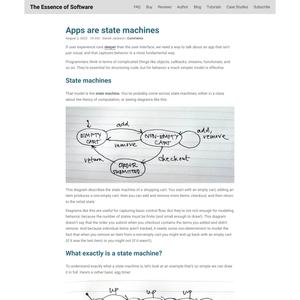

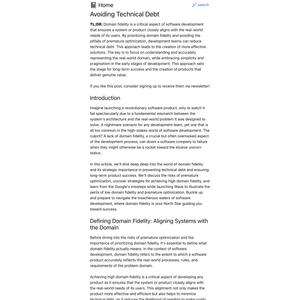

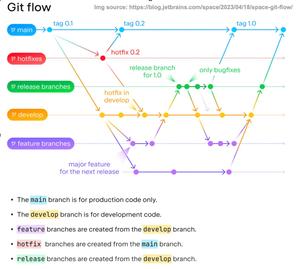
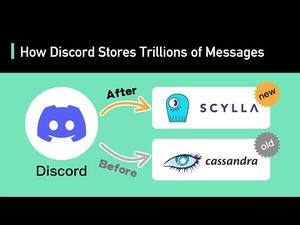
view the design of software as the shaping of its functionality
This might sound obvious, but it’s not what people actually do. Functionality is what the software does, not how it does it (which is what software architecture is about), or how it’s presented (which is what UI design is about). It’s the most basic starting point, because you can’t think about code until you know what function it should implement, and you can’t think about a UI until you know what functions the UI should support. In practice, the functionality is often implicit and apps are “designed” by starting with code fragments or wireframes. Being explicit about what we’re actually designing is the first stage.
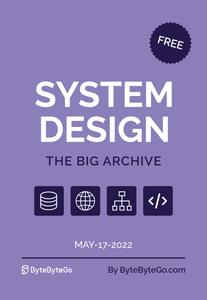
Robustness is both an objective and a subjective property. Software should be robust, of course: unexpected input should be handled gracefully, operations should be idempotent where possible, and so on. But it should also feel robust.
You want your software to feel like it isn’t going to fall apart. You want it to feel immediate and responsive, as if it were a big mechanical machine, not a flimsy plastic “soft switch.”
Subjective robustness requires attention to detail and thinking hard about what can go wrong. It’s lots of little things: keeping the user informed about what’s happening, explaining what common errors mean, not printing scary-looking stack traces.
As a general rule, robustness can also come from keeping it simple. Lots of special cases and complex code tend to make a program fragile.
Source
